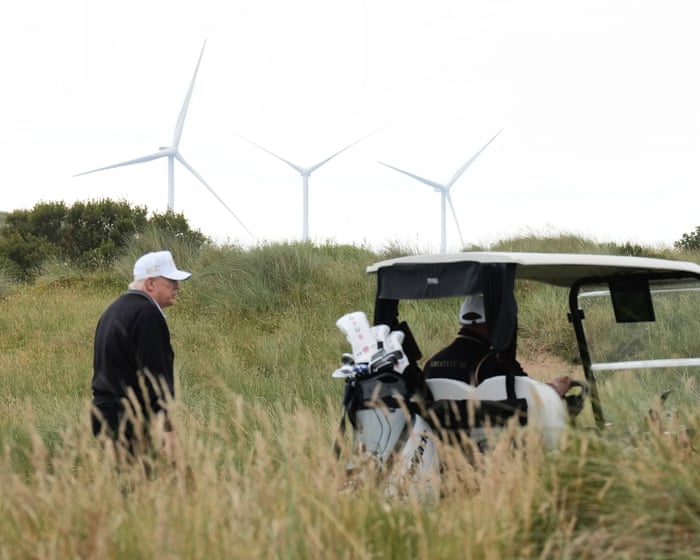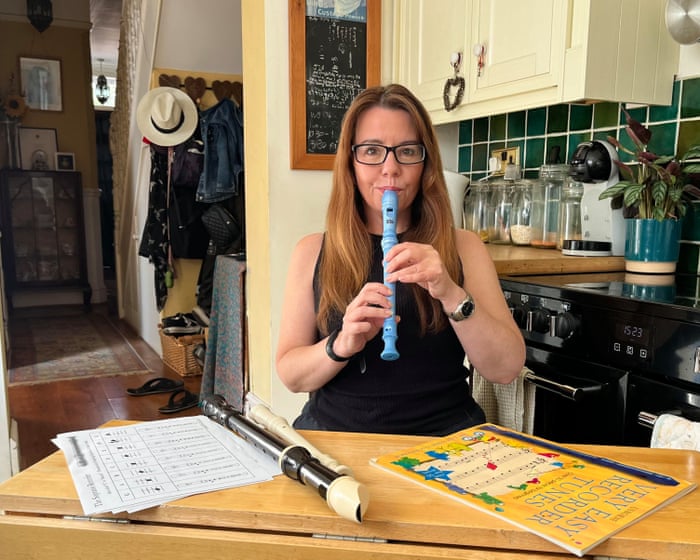The queue for the Eurostar at London’s St Pancras station looks different today. People hurry in from the rain, hoods up, noticeably less cheerful than the usual holiday crowds. That’s because we’re not heading to the typical sunny getaways like Spain or the South of France. Instead, we’re boarding a train bound for north-east Europe. My journey will cover over 1,000 miles—passing through Amsterdam, Berlin, and Warsaw, all the way to Vilnius—visiting some of the coolest capitals in the north, at least in terms of temperature.
With England sweltering this summer and Spain hitting a scorching 46°C, escaping the heat made perfect sense. I set off in August on what’s now trendily called a “coolcation,” my suitcase packed with jumpers.
There’s an undeniable romance to long train rides, watching the landscape change outside the window. I left London for Amsterdam on the Eurostar, munching a pain au chocolat as we sped through the flat French countryside, past red-roofed Belgian farms, and then the tall, distinctive Art Nouveau buildings of the Netherlands. In Amsterdam, I switched to a Deutsche Bahn train, grabbing a pack of Stroopwafels and boarding alongside stylish Dutch teens with asymmetrical haircuts. I knew we’d entered Germany when I spotted a VW factory and noticed the graffiti becoming more skilled and abundant.
Despite my coolcation plans, Berlin felt sweltering when I arrived. Stepping out of the glass-and-steel Hauptbahnhof into a summer evening, I saw hipsters lounging in deckchairs, sipping cocktails at Capital Beach on the Spree River.
The next morning, I wandered through the lush Tiergarten, past men in black leather enjoying beers in the Biergarten, through the somber blocks of the Holocaust Memorial, and under the imposing Brandenburg Gate. I was headed to Alexanderplatz, where teens gather beneath the TV tower, reflecting on how Eastern European cities have a starker aesthetic compared to the softer south. Echoes of the Soviet era linger in the culture and the brutalist architecture around me, suddenly amplified by the pounding techno music that surrounded me. Walking down Unter Den Linden, I found myself amid a parade of floats, with crowds dressed all in black, as if en route to the Berghain nightclub.
My next leg was from Berlin to Warsaw on the IC Intercity, a Polish train with cozy six-person compartments. I shared one with a mohawked boy eating paprika crisps, watching the cityscape give way to pale, slender pine forests. In Warsaw, the Stalin-era Palace of Culture and Science now hosts silent disco nights and serves matcha crepes.
Train journeys are like cruises—you hop on and off in different cities, perfect for my ADHD, and spend the time lounging and overeating. The five-hour trip from Berlin to Warsaw offered farmland views that eventually grew repetitive, so I sought refuge in the restaurant car. I ordered Kotlet schabowy for €10.50 and was served a delicious breaded pork chop with cucumber salad and floury boiled potatoes, surrounded by blond-buzzed men drinking Żywiec beers.
Exiting Warsaw Central station was a surprise; the bunker-like structure opened up to a skyline of glass skyscrapers reflecting a deep red sky.
The next day, I explored Warsaw, a city where history and modernity collide captivatingly. In the Old Town, I ate pierogi near Marie Curie’s house, then wandered cobbled streets lined with brightly colored medieval buildings. These structures were bombed in World War II but have been so meticulously restored that they’ve earned UNESCO status. Their almost Disney-like perfection is only tempered by the artillery scars still visible.Elsewhere, stark Soviet-era buildings have been transformed into trendy cafes featuring oak counters and handmade pottery cups. BarStudio, located beneath the Stalinist Palace of Culture and Science—now repurposed as a tourist spot with an observation deck—hosts silent disco nights and offers matcha crepes, with its menu playfully adorned with communist-era cartoons.
Traveling by train is much simpler than flying, avoiding the hassle of airport security and check-in. I quickly grow accustomed to it, casually hopping on board with a picnic of local treats. As we leave Warsaw, I snack on Kopernik gingerbread biscuits while gazing at endless farmland, occasional run-down dachas, factories, and neat rows of modern houses in small towns. The nine-hour journey to Vilnius feels long, so it’s a welcome break when we stop at Mockava on the Lithuanian border, stepping out onto a remote platform in a sunny forest. Standing in the 26°C heat, I regret packing so many sweaters.
The Lithuanian train is modern and spacious, with an open-plan design and packed bike racks, but the dining options are limited. I settle for a plain toasted cheese sandwich as we pass through more farmland and forests.
Vilnius, though the easternmost city on my trip, has a distinctly Western vibe. Its baroque cathedrals, which survived the Soviet era and earned it UNESCO status, blend seamlessly with art nouveau architecture. Even former communist buildings are painted in soft pastels, and wide boulevards (a Soviet legacy) open up the lush city. Winding cobblestone streets are lined with cafes and charming boutiques.
As you head east, prices drop: coffee that costs €5 in Berlin and €3 in Warsaw is only €2 here. Yet capitalism thrives, with luxury Lithuanian shops and international brands like H&M and Mango, plus a growing tech scene—home to companies like Vinted. In the bohemian Užupis district, street art and exhibitions abound, and its logo—a blue hand with a hole—symbolizes money slipping through, encouraging spending. However, the local tourism minister explains it as having nothing to hide.
Vilnius’s creative spirit is its core, blending history with constant renewal. On Literatų gatvė (Literature Street) in the Old Town, plaques honor writers linked to the city, such as Adam Mickiewicz, Joseph Brodsky, and Romain Gary.
Cultural highlights include the Lithuanian National Opera and Ballet Theatre, with tickets starting at just £15, and the repurposed Lukiškės Prison. This former Soviet jail, closed in 2019, now serves as a creative space where old cells have been transformed.Vilnius is home to studios and stages that feature popular bands like Aurora and Fontaines DC. At Mo Museum, a contemporary Lithuanian art gallery founded by scientists and philanthropists Danguolė and Viktoras Butkus—one of the first major private collections since the country’s independence—the current exhibition, GamePlay, delves into the creative influence of video games.
Celebrating an endless twilight: midsummer, Lithuanian style
Read more
While I sample traditional Lithuanian dishes such as cepelinai (hearty potato dumplings stuffed with minced meat) and pink soup (borscht with kefir), I’m thrilled to discover a growing Michelin-starred dining scene. At Ertlio Namas, a nine-course tasting menu is reasonably priced at €70, offering reinvented classics like salted ide fish with jelly, bread soup with beer-braised beef, and buckwheat babka, all served as delightful, refined bites.
Vilnius echoes Soviet themes I’ve encountered on my trip: brutalist architecture, stylish youth dressed in all black and boots, and the obligatory renovated TV tower, where you can ascend to the 67th floor and take a terrifying walk on a ledge with no handrail, secured only by a rope.
The return journey seems quicker; the West feels gentler, even with a five-hour train delay (so much for German efficiency). I wander through Amsterdam in a daze, where stark, uniform brutalism gives way to uniquely graceful canal houses and rich Van Gogh paintings—yet, amid the noise and disorder, I find myself unexpectedly missing the serene, tidy order of Eastern European cities. I return from my refreshing coolcation to England, where it’s raining.
The trip was sponsored by Go Vilnius and the Polish National Tourist Office. In Berlin, Hotel Zoo offers double rooms starting at £110 per night. Rail travel costs: London-Amsterdam-London on Eurostar €339; Amsterdam-Berlin on NS International €108.99; Berlin-Warsaw on Deutsche Bahn €53.99; Warsaw-Vilnius-Warsaw on LTG Link Train €50; Warsaw-Amsterdam on Deutsche Bahn €165.49.
Frequently Asked Questions
Of course Here is a list of helpful FAQs about a scenic train journey through Europes northern capitals
General Planning Questions
1 What is this train journey all about
This is a multicity train trip that takes you from London through the vibrant capitals of Berlin and Warsaw and ends in the beautiful city of Vilnius Lithuania
2 Whats the main benefit of traveling by train instead of flying
Trains offer a more scenic relaxed and immersive experience You get to see the countryside change arrive in city centers and enjoy the journey as part of the vacation itself
3 Do I need to book each train leg separately
Yes typically you would While a single through ticket isnt available you can book each segment individually via rail company websites or a travel agent
4 How long should I plan for the entire trip
A comfortable pace would be at least 1014 days This allows for 23 nights in each city to explore without feeling rushed
5 Do I need a special rail pass for this journey
An Interrail Pass or a Eurail Pass can be a convenient and costeffective option but its essential to check if it covers all the required routes and to factor in any mandatory seat reservation fees
Practical Logistical Questions
6 Whats the best time of year to take this trip
Late spring or early autumn is ideal Youll avoid the peak summer crowds and enjoy pleasant weather for sightseeing
7 Do I need a visa for this journey
If you are from the US Canada UK Australia etc you typically do not need a visa for short tourist stays in Germany and Poland However always check the latest entry requirements for Lithuania as rules can change
8 How far in advance should I book the trains
For the best prices and seat availability especially on highspeed routes book 23 months in advance
9 Whats the luggage situation on the trains
Generally its very flexible You can bring your main suitcase and a carryon bag storing them on racks above your




